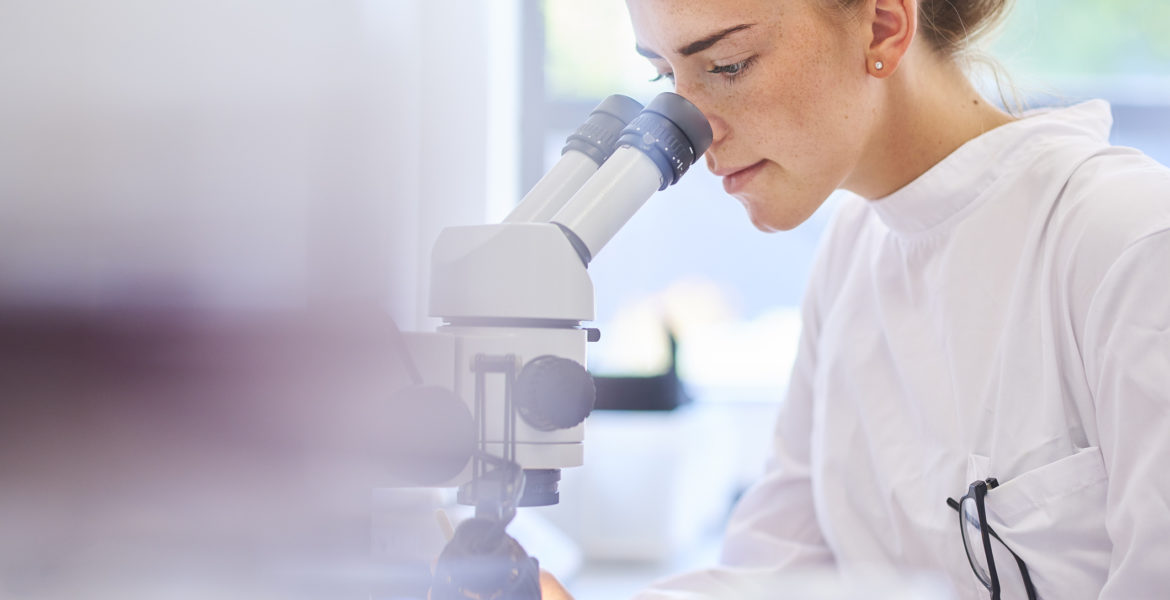Laserterapi understøttes af talrige kliniske studier
I 1995 anførte redaktøren for Archives of Physical Medicine and Rehabilitation, Dr. Jeffrey Bashford, at laserterapi stadig ikke var en etableret behandlingsmetode. Han påpegede, at lovende resultater i laboratoriet ikke udmøntende sig i positive kliniske resultater. I dag 23 år senere er der en stor stigning i antallet af kontrollerede videnskabelige undersøgelser inden for laserterapi.
I databasen Pubmed er der nu mere end 12.000 videnskabelige artikler om Low Level Laser Therapy (LLLT) og Photobiomodulation (PBM). I de sidste to år er mængden af videnskabeligt bevis for laserterapi i kliniske tilstande nået et niveau, der ligner eller overstiger smertestillende medicin inden for nogle muskuloskeletale lidelser. Inden for tandlægeverdenen, nervepatologier og sårheling ses også store fremskridt i mængden af undersøgelser.
Anvendelsen af LLLT/PBM er bred. Fire kliniske mål er imidlertid de mest almindelige: laserlys på skadede steder for at fremme helbredelse, ombygning og/eller for at reducere inflammation; på nerver for at inducere analgesi på lymfeknuder for at reducere ødem og betændelse; og på trigger punkter (på et enkelt eller så mange som 15 punkter) for at fremme muskelafspænding og for at reducere ømhed. Da det ikke er invasivt, er LLLT/PBM meget nyttigt for patienter, der har nålefobi eller for dem, der ikke kan tolerere terapier med non-steroide antiinflammatoriske lægemidler.
De positive resultater afhænger af de parametre, der anvendes ved behandlingen. Den antiinflammatoriske effekt af lys i lav intensitet er blevet rapporteret hos patienter med for eksempel arthritis, acrodermatitis continua, følsom og erythematøs hud. Med den samme grundlæggende virkningsmekanisme, som er lysabsorptionen af mitochondrial kromoforer, hovedsageligt COX, er konsekvenserne af LLLT/PBM forskellige, afhængigt af de anvendte parametre, på de signalveje, der aktiveres, og på det behandlede væv. For at anvende LLLT/PBM i kliniske procedurer bør klinikerne være opmærksomme på de korrekte parametre og konsekvenserne for de enkelte væv, der skal behandles. Flere undersøgelser skal udføres for at udfylde hullerne, som stadig ligger i de grundlæggende mekanismer, der ligger til grund for LLLT/PBM.

